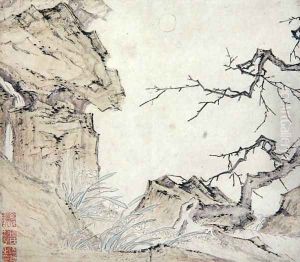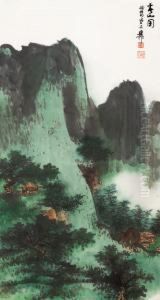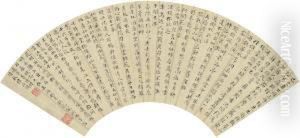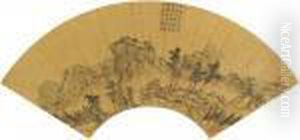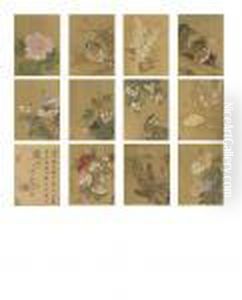Lu Zhi Paintings
Lu Zhi, also known as Lu Ji, was a prominent Chinese painter, calligrapher, and poet during the Ming Dynasty. Born in 1496, in present-day Suzhou, Jiangsu Province, Lu Zhi grew up in an era that was rich in cultural and artistic achievements. He was not only a master of the arts but also deeply involved in scholarly pursuits, embodying the ideal of the literati or scholar-official of his time. Despite passing the imperial examinations at a young age, Lu Zhi chose to focus on his artistic and literary career rather than pursue an official position in the government. Lu Zhi's art is celebrated for its elegance and depth. He excelled in landscape painting, as well as in bird-and-flower painting, genres that were highly esteemed in Chinese art tradition. His works often incorporated poetic inscriptions, blending visual art with literary expressions to create pieces that were rich in cultural and philosophical meaning. Lu Zhi was also known for his innovation in the use of brushwork and color, which added a unique vibrancy and life to his paintings. Throughout his life, Lu Zhi was an influential figure in the art world, mentoring many students who would go on to become celebrated artists themselves. His legacy is reflected in the continued admiration for his works and the principles he championed, such as the harmony between humanity and nature, and the importance of personal expression in art. Lu Zhi's contributions to Chinese art were not limited to his own creations; he also played a significant role in the preservation and appreciation of earlier artworks, making him a pivotal figure in the history of Chinese art.
